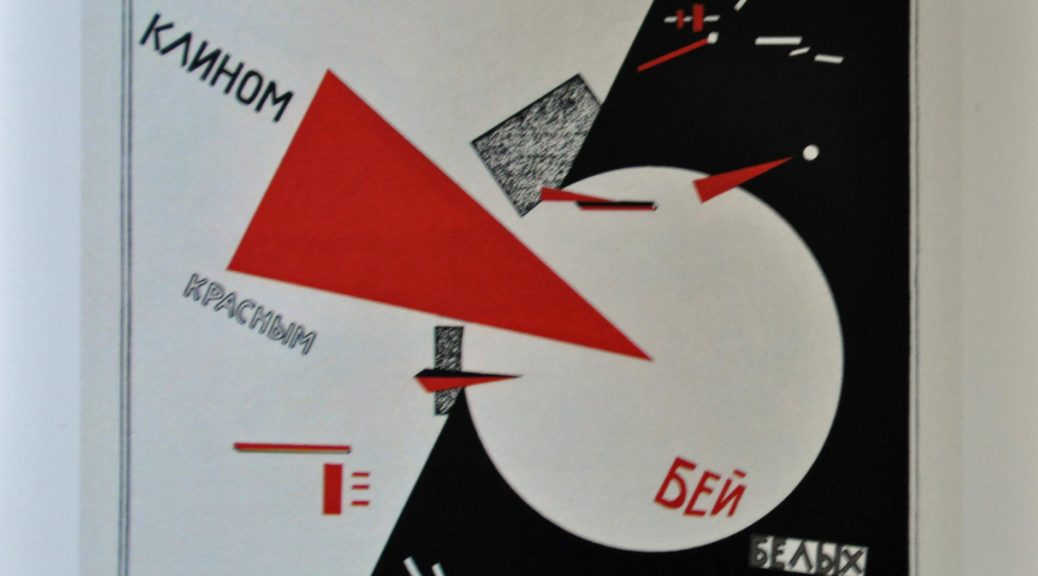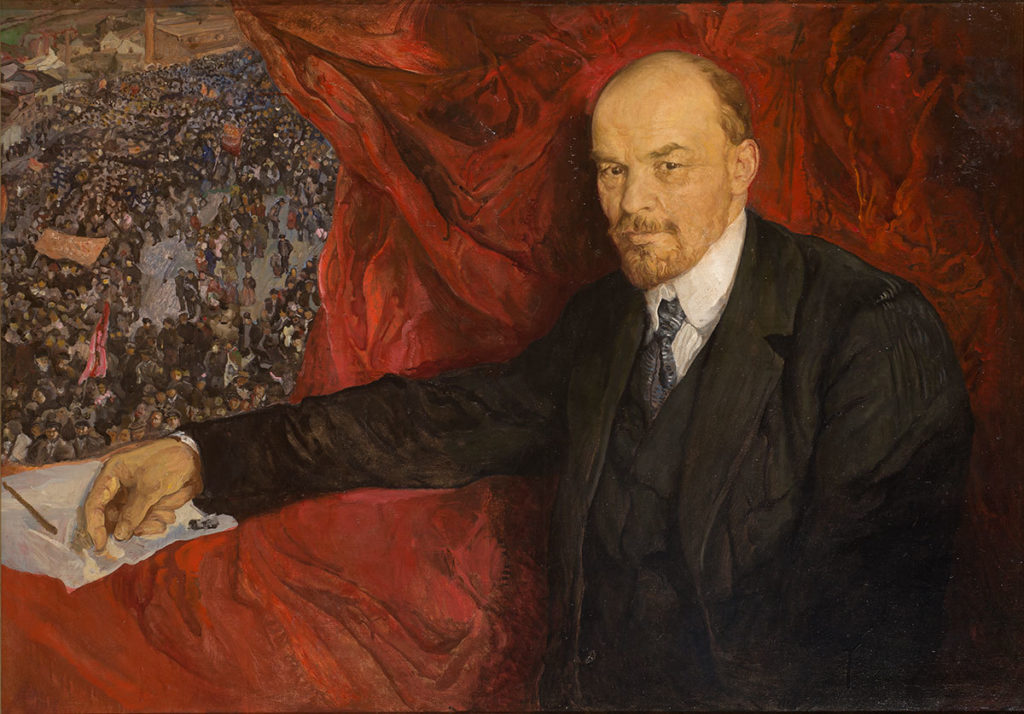One hundred years on from the Russian Revolution,the RA has decided to stage a powerful exhibition exploring one of the most momentous periods in modern world history through the lens of its groundbreaking art.
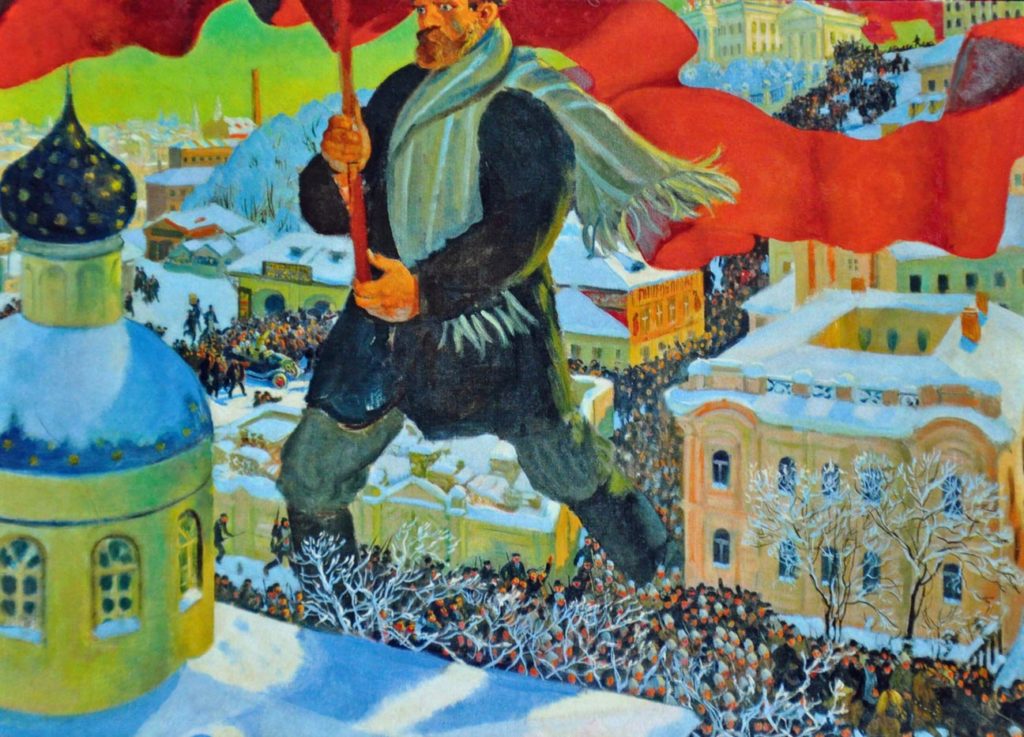
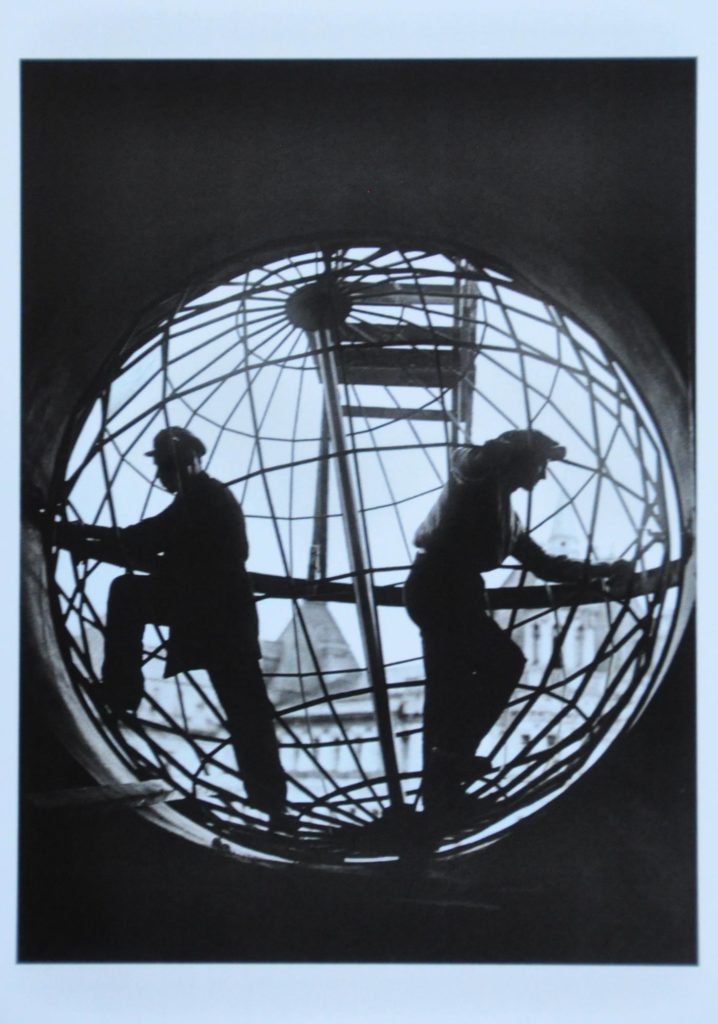
Amidst the tumult, the arts thrived as debates swirled over what form a new “people’s” art should take.
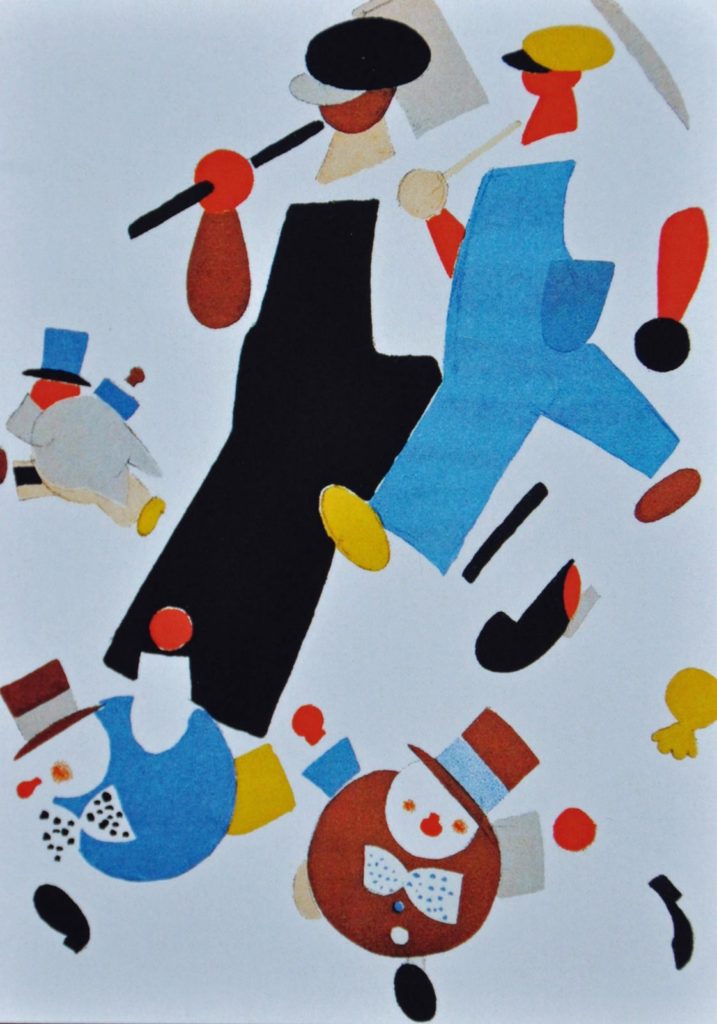
But the optimism was not to last: by the end of 1932, Stalin’s brutal suppression had drawn the curtain down on creative freedom.
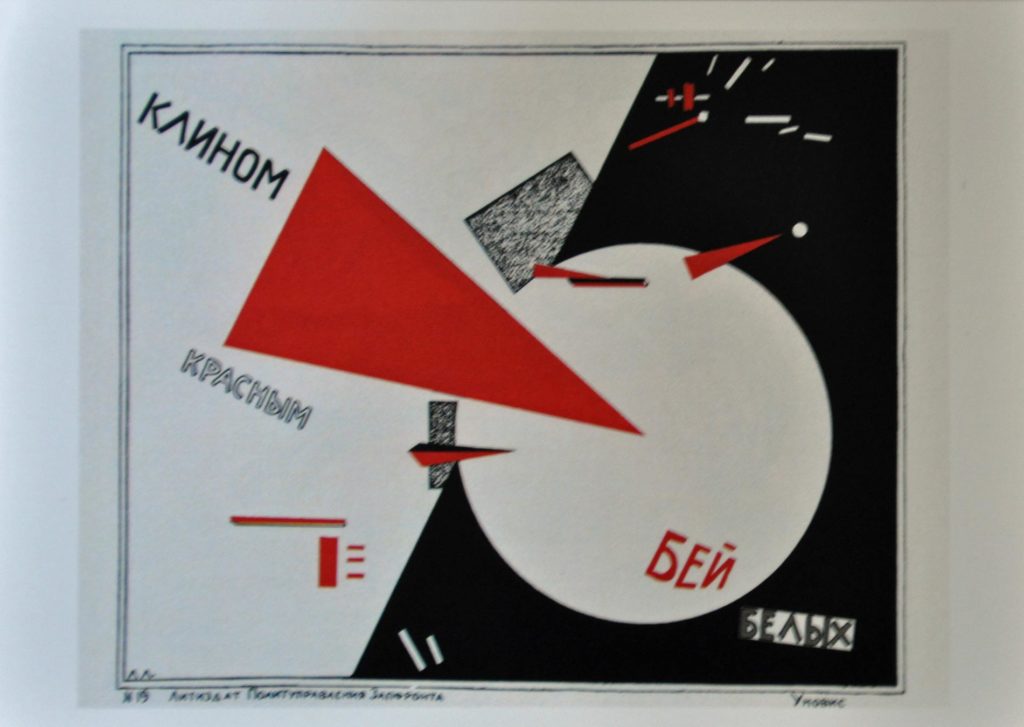
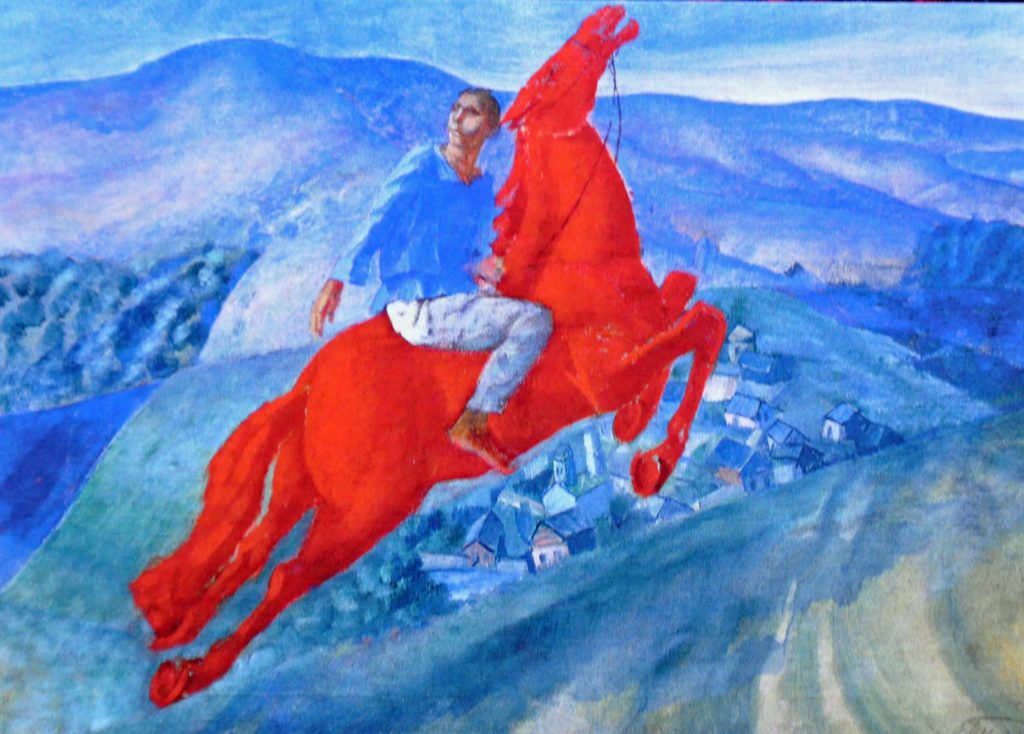
Taking inspiration from a remarkable exhibition shown in Russia just before Stalin’s clampdown, this marks the historic centenary by focusing on the 15-year period between 1917 and 1932 when possibilities initially seemed limitless and Russian art flourished across every medium.
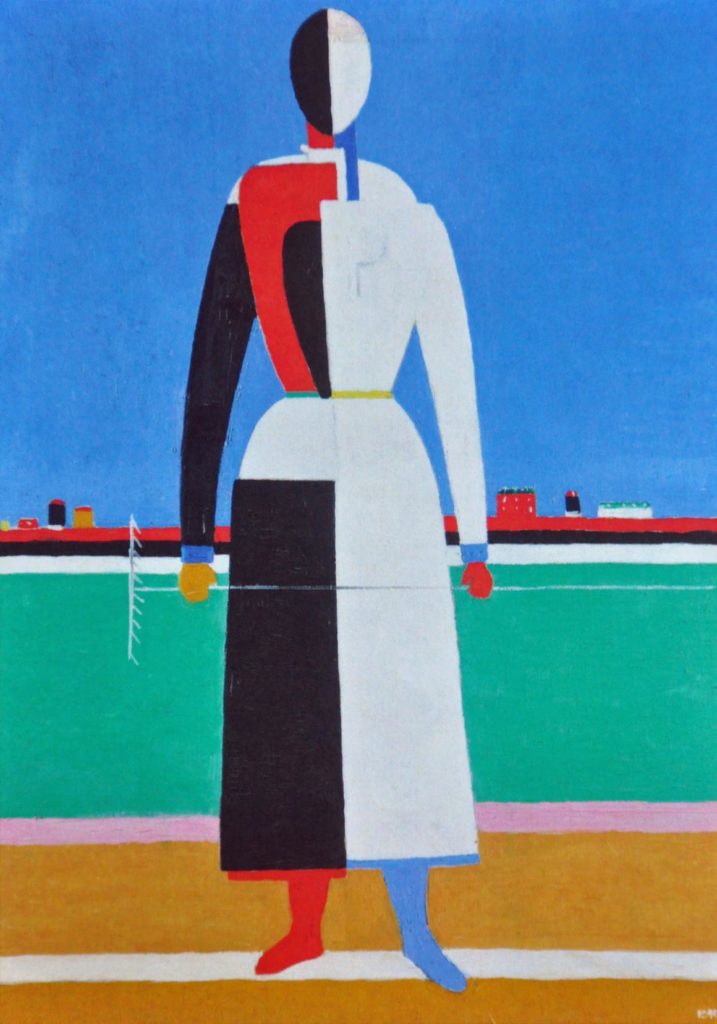
This far-ranging exhibition will – for the first time – survey the entire artistic landscape of post-Revolutionary Russia, encompassing Kandinsky’s boldly innovative compositions, the dynamic abstractions of Malevich and the Suprematists, and the emergence of Socialist Realism, which would come to define Communist art as the only style accepted by the regime.
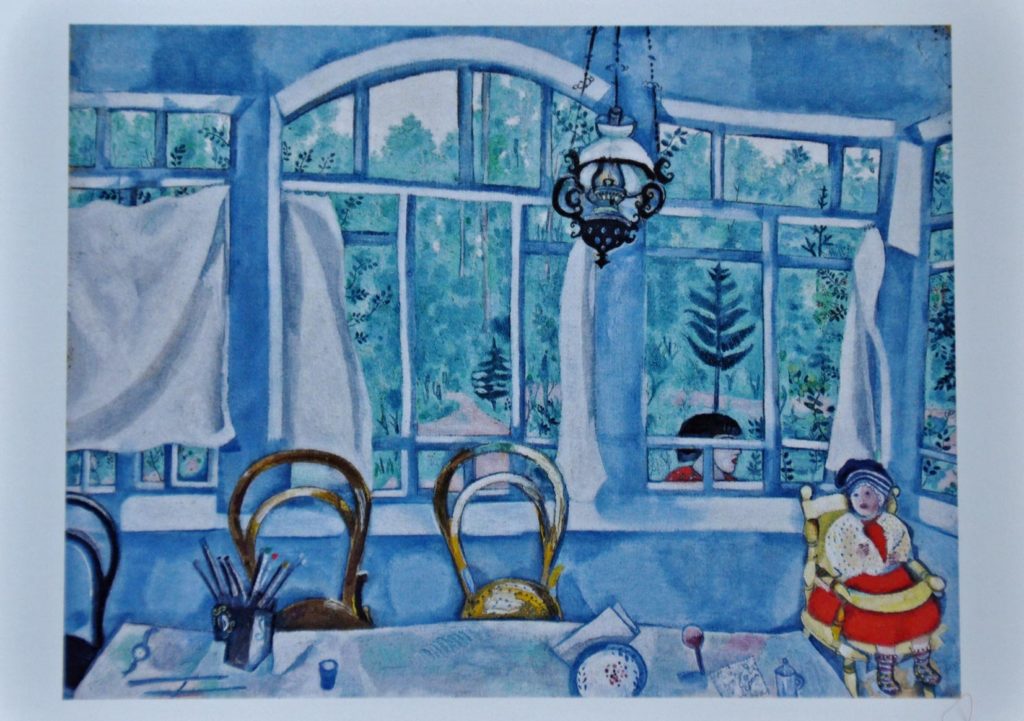
It also includes photography, sculpture, filmmaking by pioneers such as Eisenstein, and evocative propaganda posters from what was a golden era for graphic design.
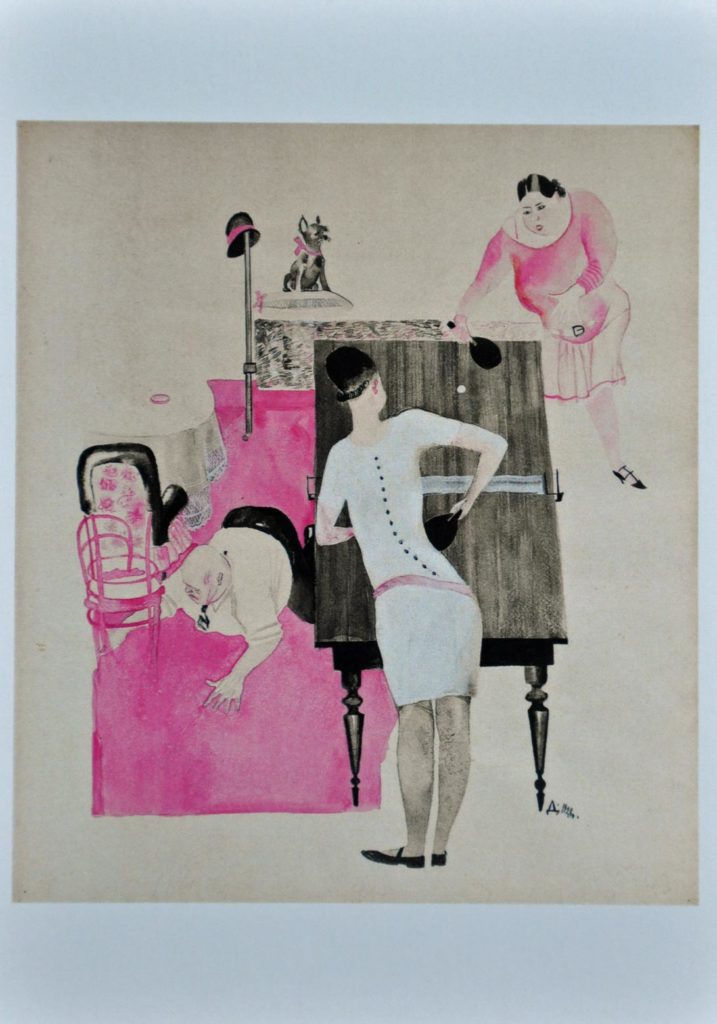
It attempts to bring to life the human experience with a full-scale recreation of an apartment designed for communal living, and with everyday objects ranging from ration coupons and textiles to brilliantly original Soviet porcelain.
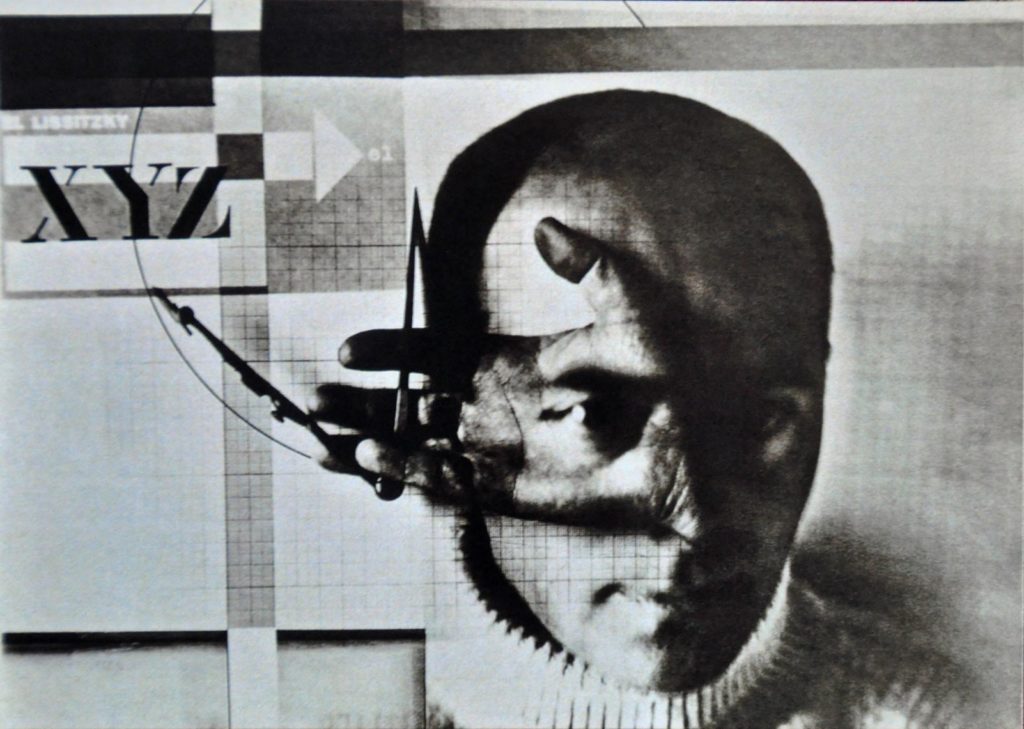
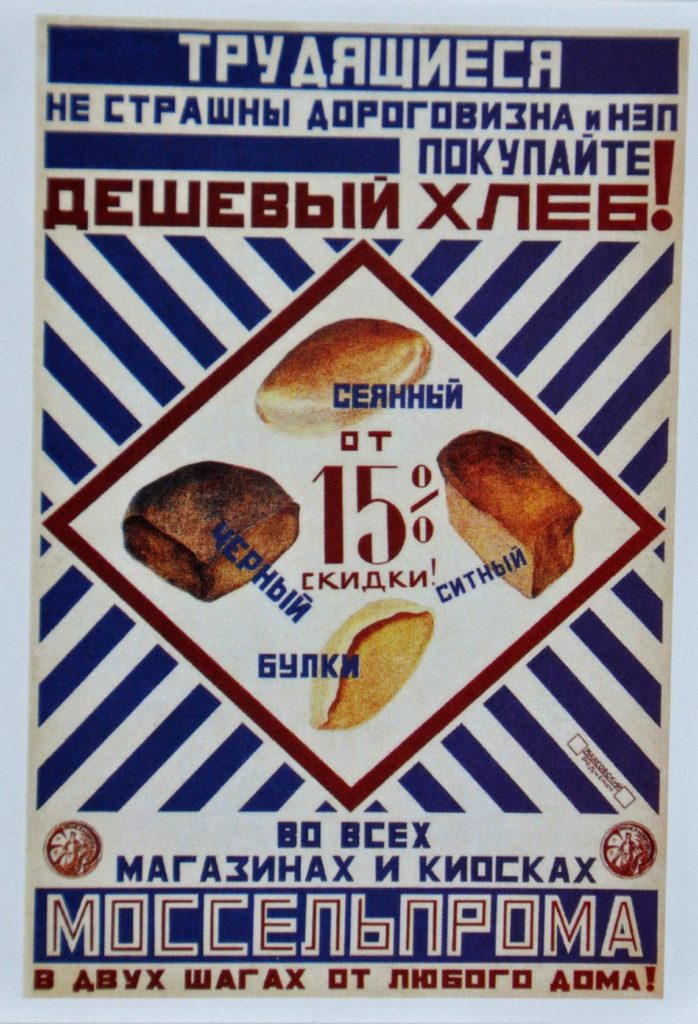
Revolutionary in their own right, together these works capture both the idealistic aspirations and the harsh reality of the Revolution and its aftermath.
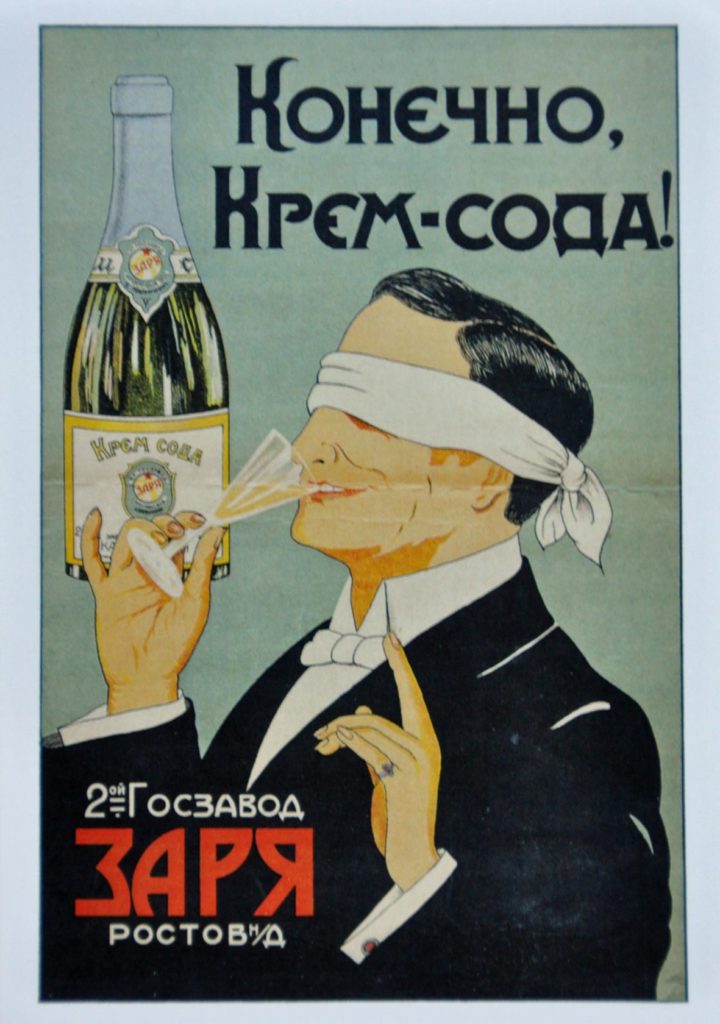
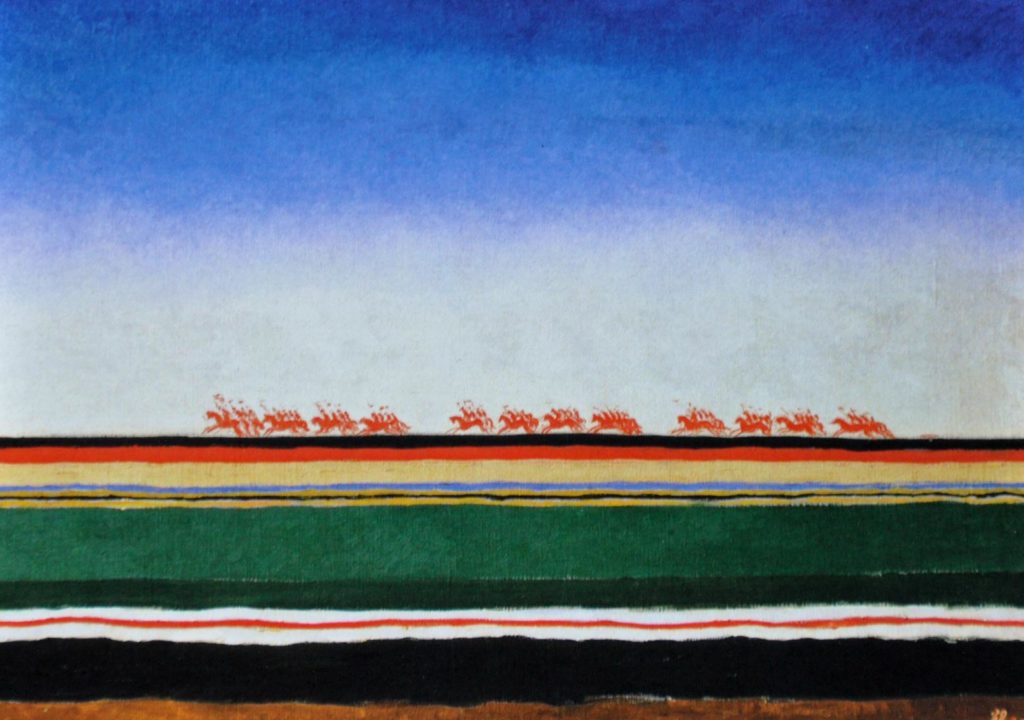
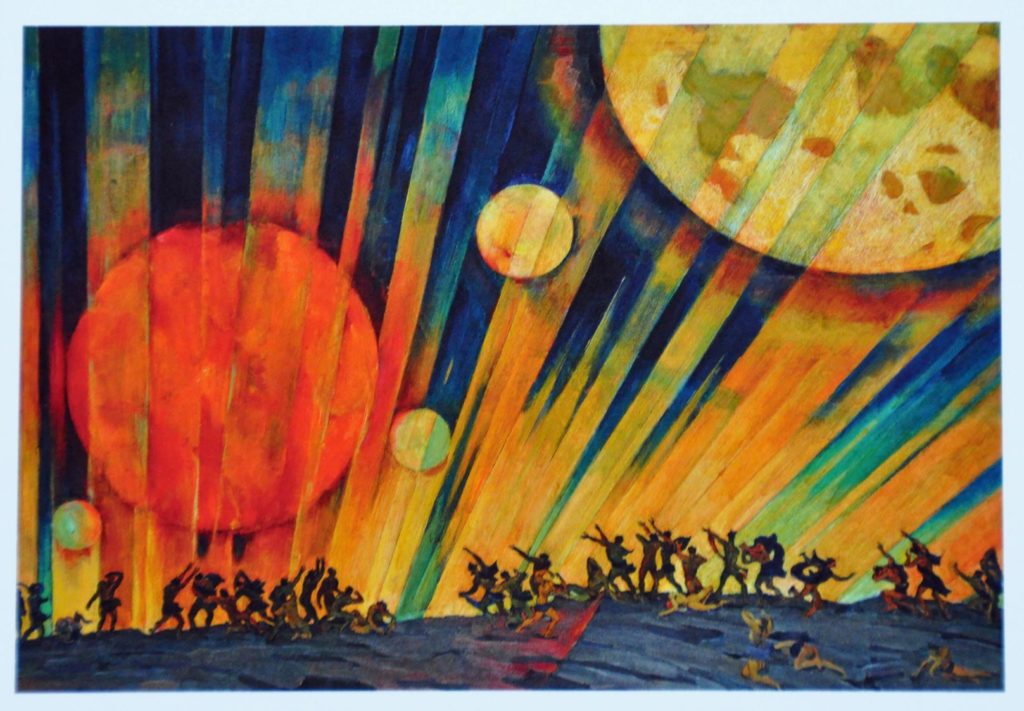
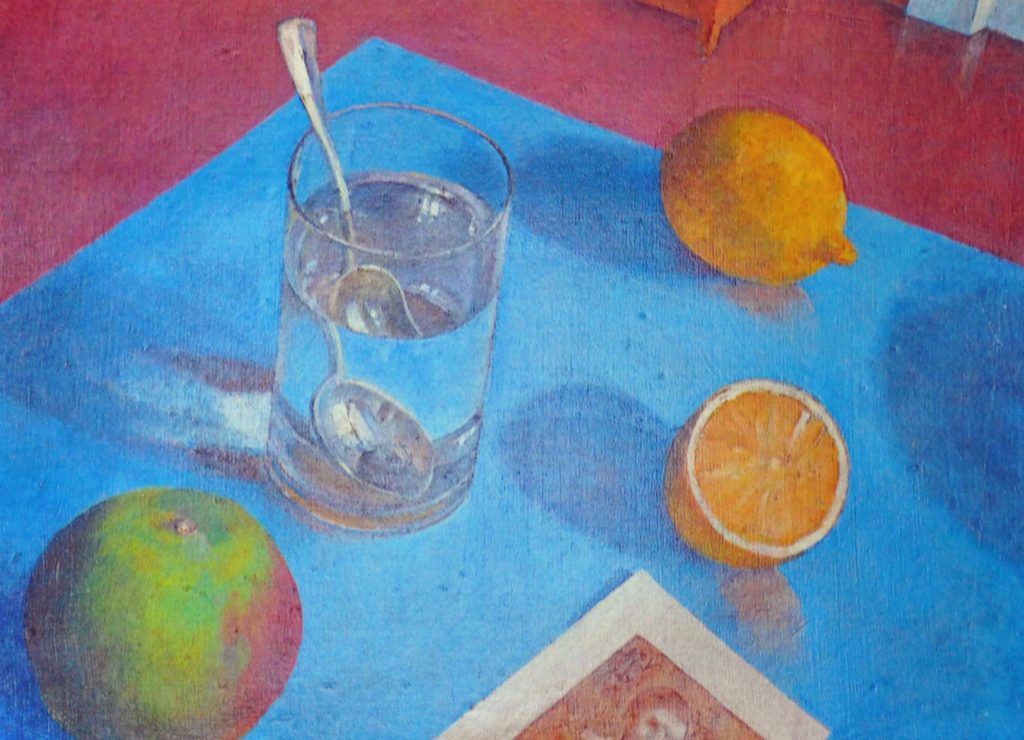
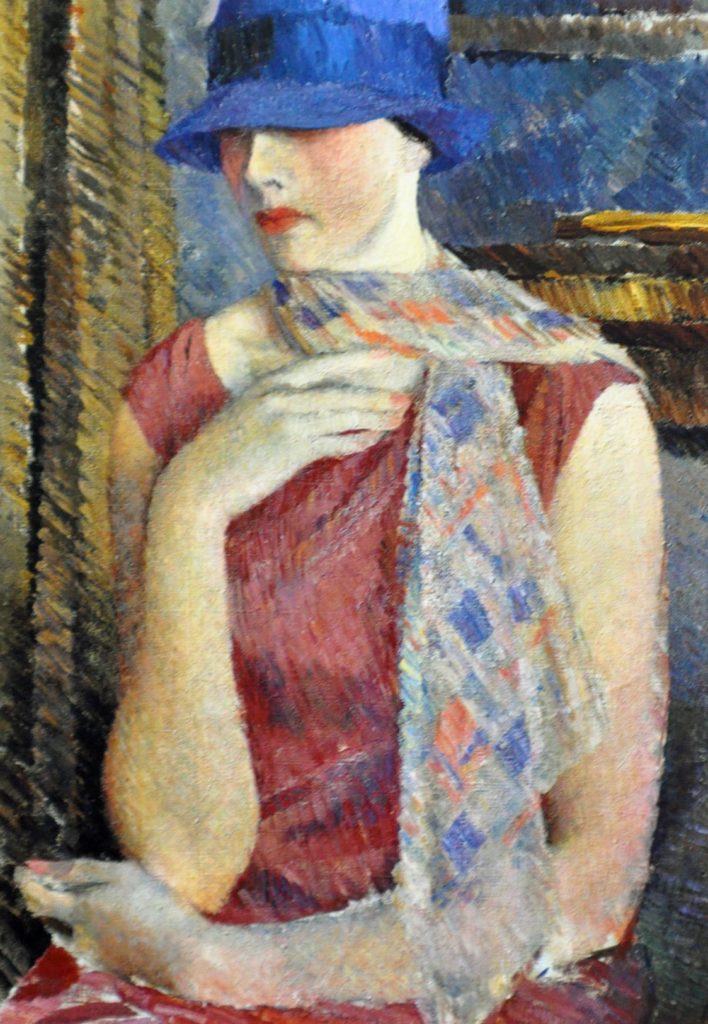 It is especially interesting viewed with the much smaller exhibition upstairs “America After the Fall” It’s difficult not to see the overlap between the propaganda of communism, and the hearing for an idealised simpler populist lifestyle.
It is especially interesting viewed with the much smaller exhibition upstairs “America After the Fall” It’s difficult not to see the overlap between the propaganda of communism, and the hearing for an idealised simpler populist lifestyle.


